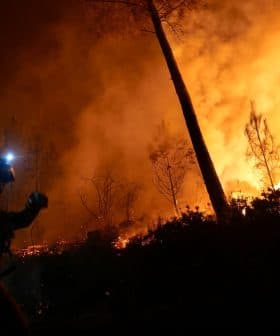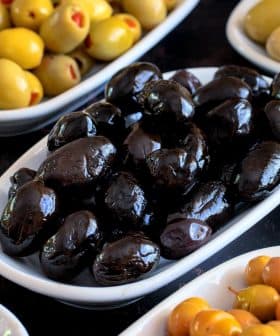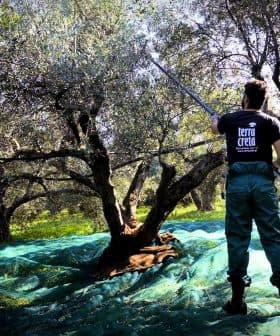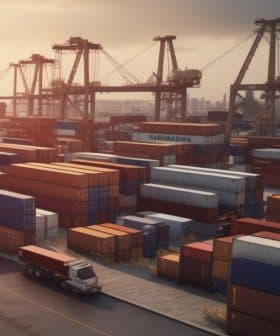Scientists Expect Drought in Western U.S. to Continue Through Spring
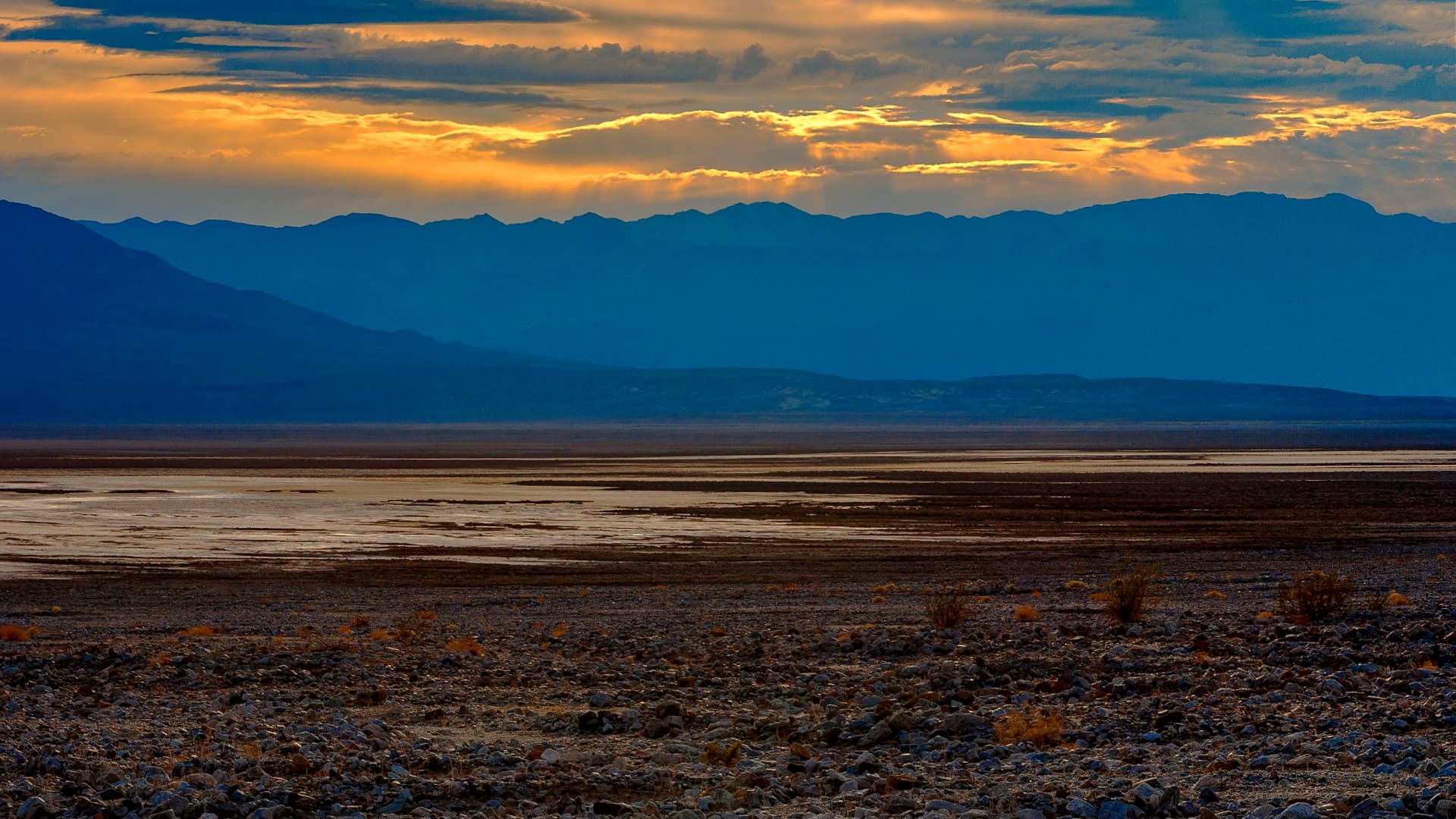
The NOAA predicts that the ongoing drought in the U.S. will persist, with La Niña contributing to drier conditions, particularly in the south and southeast regions. The drought is expected to impact staple crops, water availability for irrigation, and may lead to more severe weather conditions caused by wildfires.
The ongoing drought in large sections of the United States is expected to continue, according to the latest report from the National Oceanic and Atmospheric Administration (NOAA).
The NOAA indicated that the drought would likely continue in the central and western U.S. and may expand across the south and southeast of the country.
One reason for the persistent drought is the continuation of the La Niña phenomenon for the third consecutive year, resulting in drier conditions in the southern half of the country, including California.
See Also:California’s Olive Oil Producers Face Uncertain Future as Historic Drought ContinuesOn the other hand, wetter-than-average conditions are expected in the north-central and northwestern regions of the country.
In its newly released winter outlook, the NOAA said warmer temperatures would be experienced in the southwest, along the Gulf Coast and eastern seaboard.
La Niña is characterized by unusually cold ocean temperatures in the equatorial Pacific. In contrast, El Niño is characterized by unusually warm ocean temperatures in the same location.
“During a La Niña year, winter temperatures are warmer than normal in the southeast and cooler than normal in the northwest,” the NOAA said.
However, the impacts of the continuation of La Niña on the populations and agriculture are growingly significant.
“Drought conditions are now present across approximately 59 percent of the country, but parts of the western U.S. and southern Great Plains will continue to be the hardest hit this winter,” said Jon Gottschalck, chief at the NOOA’s Operational Prediction Branch.
“With the La Niña climate pattern still in place, drought conditions may also expand to the Gulf Coast,” he added.
The lack of rainfall has already taken a toll on grain and soybean producers in the Midwest. The lack of precipitation has significantly lowered soil moisture, presenting problems for the current and future harvests.
The NOAA report indicates that current drought conditions are the worst since 2012 and will profoundly impact staple crops, such as corn, wheat and soybeans.
See Also:U.S. Provides $1 Billion to Farmers to Fight Climate ChangeIn the Colorado River basin in the southwest, thousands of farmers have protested cuts in water availability for irrigation due to the low river and reservoir levels caused by the drought. Seventy percent of Colorado river water usage is traditionally dedicated to agriculture.
Meanwhile, the megadrought in California also continues to diminish water availability for irrigation. The Public Policy Institute of California said the prolonged extraordinary conditions continue to break records that date back to the late 1800s.
For an agricultural sector worth $50 billion per annum, expectations that the drought will continue through the following spring come as worrying news.
Furthermore, research published in Limnology and Oceanography Letters found that the increasing number and severity of heatwaves, which affect farming yields, soil conditions and river and stream ecology, have exacerbated the drought.
Separate research on wildfires found the drought and heatwave-fueled natural disasters have more profound effects on the broader climate than previously thought.
The study found that heat and aerosols produced during wildfires in the western U.S. may increase the intensity of storms in the Midwest.
The heat from the wildfires impacts atmospheric pressure, generating wind that blows atmospheric moisture and other particles eastward, increasing rates of precipitation and hail, which could cause significant damage to crops.
“This is the first study where we are really showing that wildfires can have a significant impact on the downstream weather,” Jiwen Fan, a researcher at the energy department, told The Guardian.
However, he added the research would help develop more accurate predictive models about severe weather conditions caused by wildfires in areas far from blazes.


